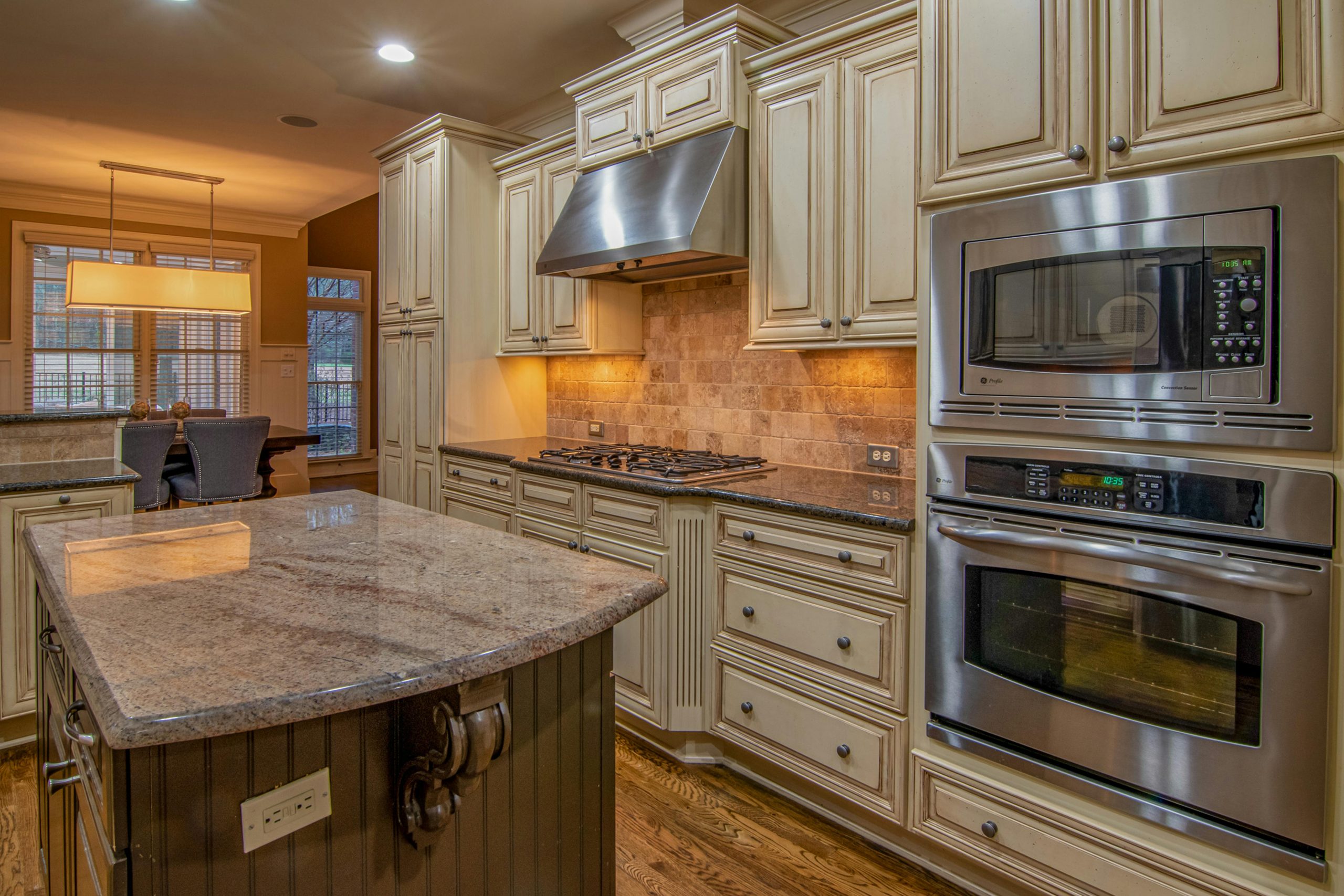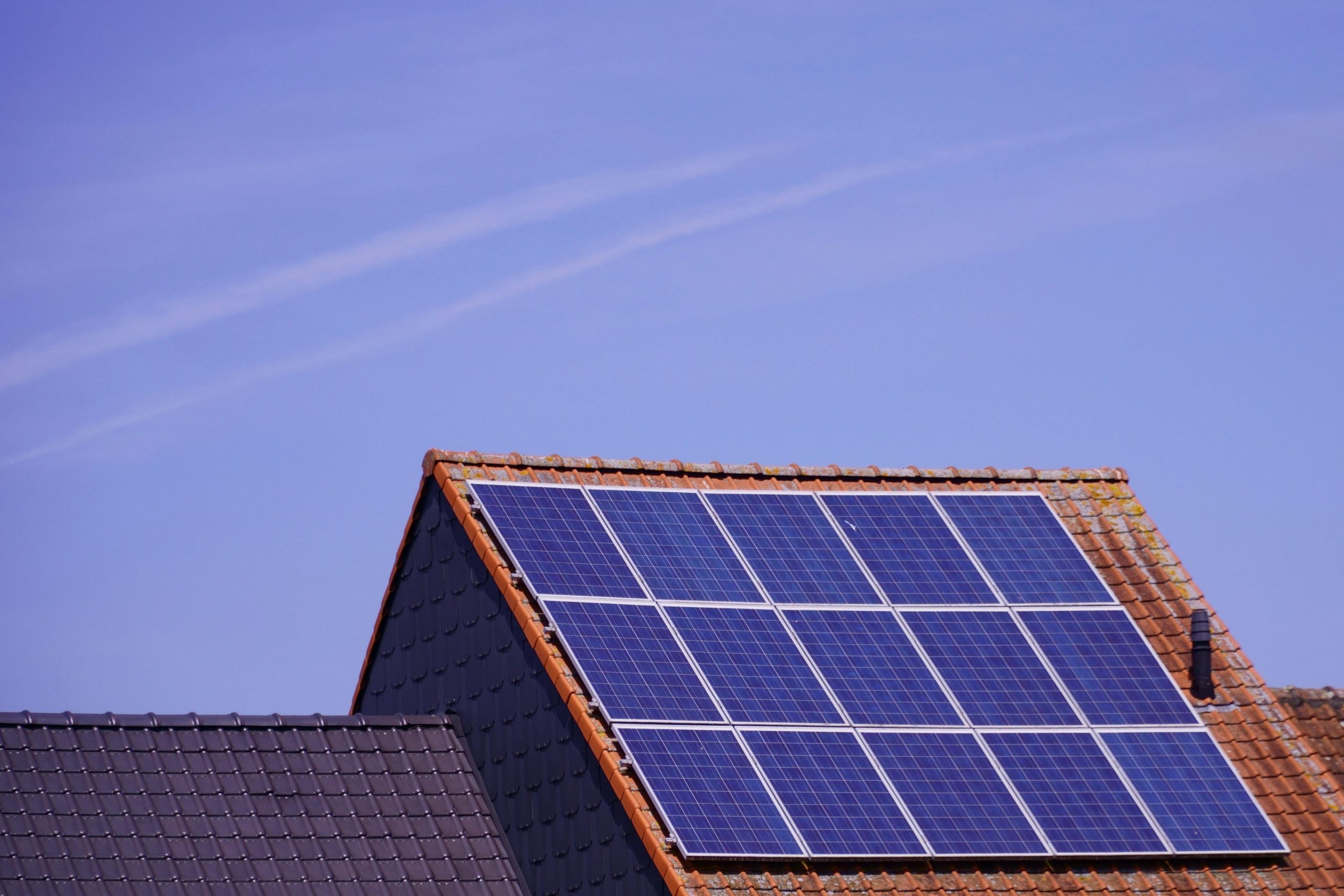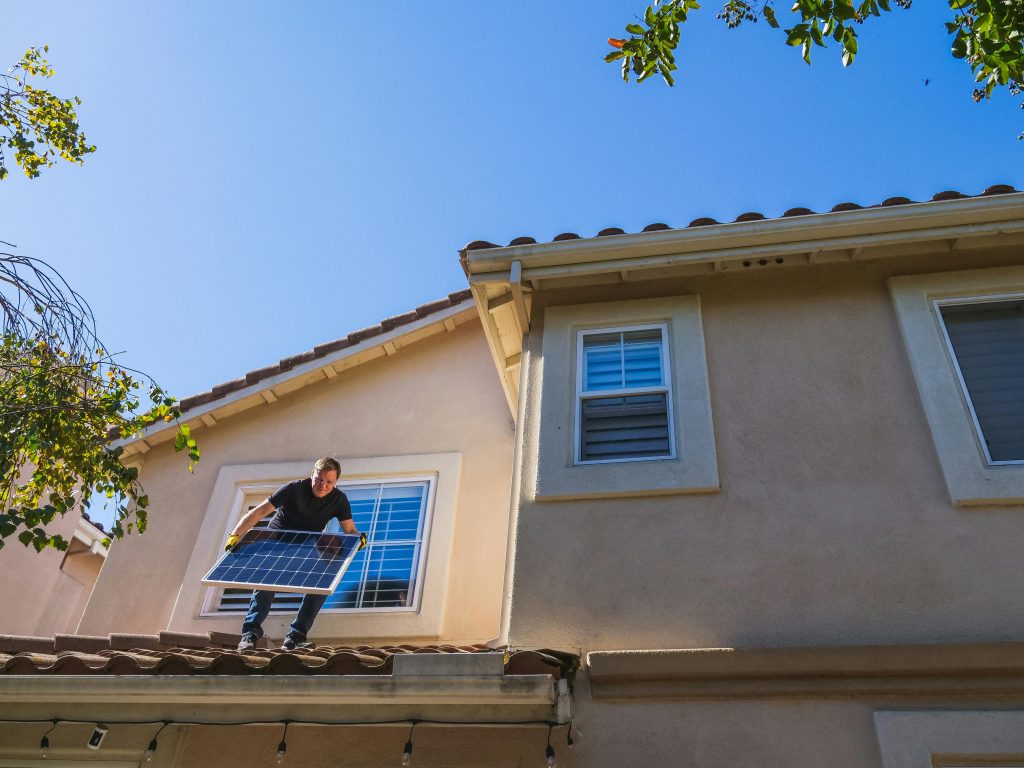- Conduct a home energy audit to identify areas for improvement and get professional recommendations.
- Upgrade to energy-efficient appliances, especially those with the ENERGY STAR label, for significant energy savings.
- Seal drafts and leaks with weatherstripping, caulking, and insulation to reduce heating and cooling costs.
- Adjust thermostat settings and consider programmable thermostats to optimize energy use based on your schedule.
- Invest in renewable energy sources like solar panels, wind turbines, geothermal systems, or micro-hydro systems for long-term savings.
When creating a more sustainable lifestyle, improving energy efficiency in your home is a great place to start. Not only does it help reduce your carbon footprint, but it can also save you money on your monthly utility bills. And the best part? It doesn’t have to be complicated or expensive! This blog will discuss a few easy ways to improve energy efficiency in your home that anyone can implement.
Get a Home Energy Audit
The first step in improving energy efficiency is to understand where your home currently stands. This is where a home energy audit comes in. A professional can assess your home’s energy usage and identify any areas that may need improvement. They can also provide recommendations on how to make your home more efficient, such as adding insulation or upgrading to ENERGY STAR-certified appliances.

Upgrade To Energy-Efficient Appliances
The next step to improving energy efficiency in your home is to upgrade to energy-efficient appliances. Old appliances tend to be less efficient and use more energy than newer models. Look for appliances with the ENERGY STAR label, as these are certified to be more energy-efficient. While upgrading all of your appliances at once may not be feasible, consider starting with the ones that use the most energy, such as your refrigerator, dishwasher, and washing machine.
Seal up Drafts or Leaks
Another easy way to improve energy efficiency in your home is by sealing up any drafts or leaks. Check for drafts around windows and doors, and seal them with weatherstripping or caulking. You can also add insulation to walls, attics, and crawl spaces to prevent heat loss during the winter months. By reducing these drafts and leaks, you can lower your heating and cooling costs significantly.
Optimize Thermostat Settings
One often overlooked way to improve energy efficiency in your home is by adjusting your thermostat settings. In the winter, set your thermostat as low as is comfortable when you’re at home and awake, then lower it when you’re sleeping or away. In the summer, raise the temperature when you’re not at home. You can also invest in a programmable thermostat that automatically adjusts the temperature based on your schedule.
Upgrade To LED Bulbs
Upgrading your light bulbs to LED bulbs is another simple way to improve energy efficiency in your home. LED bulbs use less energy than incandescent ones and last much longer. LED bulbs may have a higher upfront cost, but they can save you money in the long run through reduced electricity bills and fewer replacements.
Invest in Renewable Energy Sources
If you’re looking to make a more significant impact on energy efficiency in your home, consider investing in renewable energy sources. While the initial cost may be high, these investments can significantly reduce or even eliminate your reliance on traditional energy sources. Here are four renewable energy options you can consider for your home:

Solar Panels
These convert sunlight into electricity and can be installed on your roof or in a sunny area of your property. Solar panels can significantly reduce your electricity bills and may even allow you to sell excess energy back to the grid.
Wind Turbines
Similar to solar panels, wind turbines harness natural resources (in this case, wind) to generate electricity. These are best suited for homes in rural or open areas with consistent winds.
Geothermal Systems
These systems use the constant temperature of the earth to heat and cool a home. While they have a higher upfront cost, geothermal systems can significantly reduce your heating and cooling costs in the long run.
Micro Hydro Systems
If you live near a source of running water, such as a stream or river, you could potentially utilize that energy through a micro hydro system. This involves installing a turbine in the water that can generate electricity for your home.
By investing in one or more of these renewable energy sources, you can reduce your carbon footprint and save money on traditional energy bills. Plus, with technological advancements and government incentives, the upfront costs are becoming more affordable.
Improving energy efficiency in your home is a simple yet impactful way to contribute to a more sustainable lifestyle. From getting a home energy audit and upgrading to energy-efficient appliances to sealing drafts and optimizing thermostat settings, small changes can lead to significant savings on your utility bills and a reduced carbon footprint. You can take your commitment to sustainability even further by considering renewable energy sources. Embrace these strategies and enjoy the benefits of a greener, more efficient home.


